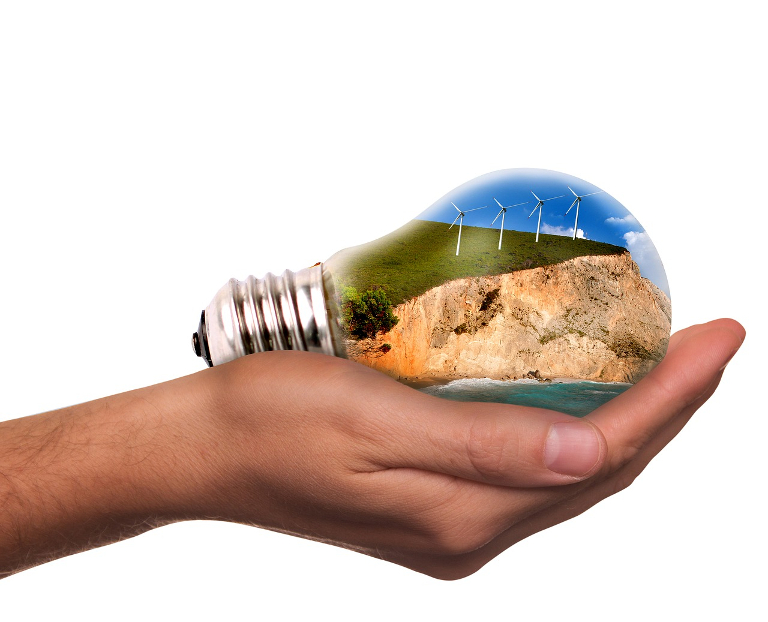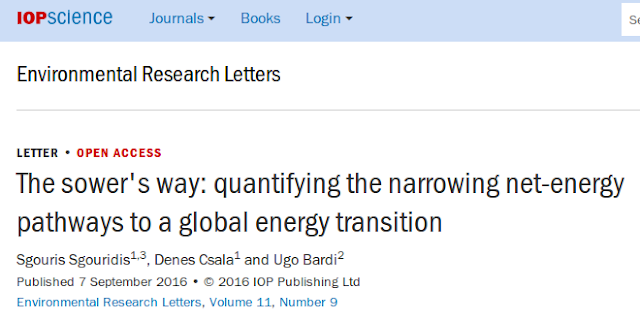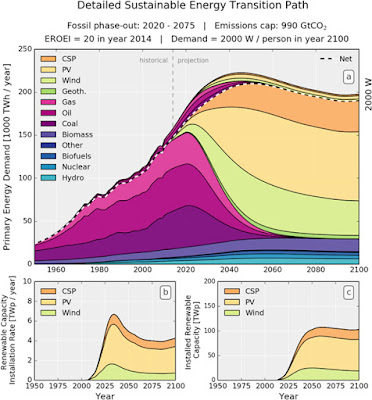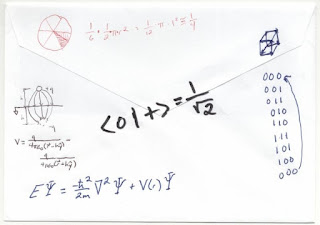 Earlier this year I described how the Dutch Railwayswere using “alternative logic” to claim that their trains were running on 100% wind power while in reality they were running about 90% on coal and gas-fired electricity from the Dutch grid. But Nederlandse Spoorwegen aren’t the only ones doing it. Other companies use the same alternative logic to show how they too are now 100% renewable even though they aren’t. In this post we review the claims of two of the most prominent ones – Apple and Google, who are making points with the public and the media by declaring themselves to be 96% and 100% renewables-powered even though Apple still obtains well over half of its electricity from non-renewable sources and Google probably over 80%. (Inset: solar array at Apple’s Maiden, North Carolina data center).
Earlier this year I described how the Dutch Railwayswere using “alternative logic” to claim that their trains were running on 100% wind power while in reality they were running about 90% on coal and gas-fired electricity from the Dutch grid. But Nederlandse Spoorwegen aren’t the only ones doing it. Other companies use the same alternative logic to show how they too are now 100% renewable even though they aren’t. In this post we review the claims of two of the most prominent ones – Apple and Google, who are making points with the public and the media by declaring themselves to be 96% and 100% renewables-powered even though Apple still obtains well over half of its electricity from non-renewable sources and Google probably over 80%. (Inset: solar array at Apple’s Maiden, North Carolina data center).
Introduction:
First on my use of the term “alternative logic”. The term “alternative facts” has recently come into vogue to describe facts that aren’t factual, and I use “alternative logic” to describe logic that isn’t logical (although there are other less polite terms I could have used). We will see how illogical shortly.
The path a company has to follow to go 100% renewable is now well-established. What it doesn’t do, except in rare instances, is build renewables plants itself. Instead it negotiates long-term purchase contracts with renewable energy providers and/or purchases Renewable Energy Certificates (in the US) or Guarantees of Origin (in Europe) that transfer ownership of the renewable energy generated by a third party to the company. And as soon as the company has purchased enough generation to cover its in-house consumption it can a) declare itself to be 100% renewable and b) claim zero CO2 emissions.
…click on the above link to read the rest of the article…





 Hinkley still scores on reliability and low carbon ….. but the extent to which its costs are obscene is now plainer than ever. In Monday’s capacity auction, two big offshore wind farms came in at £57.50 per megawatt hour and a third at £74.75. These “strike prices” ….. are expressed in 2012 figures, as is Hinkley’s £92.50 so the comparison is fair. As for the argument that we must pay up for reliable baseload supplies, there ought to be limits to how far it can be pushed. A nuclear premium of some level might be justified, but Hinkley lives in a financial world of its own, even before battery technology (possibly) shifts the economics further in favour of renewables …..
Hinkley still scores on reliability and low carbon ….. but the extent to which its costs are obscene is now plainer than ever. In Monday’s capacity auction, two big offshore wind farms came in at £57.50 per megawatt hour and a third at £74.75. These “strike prices” ….. are expressed in 2012 figures, as is Hinkley’s £92.50 so the comparison is fair. As for the argument that we must pay up for reliable baseload supplies, there ought to be limits to how far it can be pushed. A nuclear premium of some level might be justified, but Hinkley lives in a financial world of its own, even before battery technology (possibly) shifts the economics further in favour of renewables …..


 I have for some time wanted to get to the bottom of renewable subsidies and their impact upon electricity prices. But the complexity and opacity of the system has always defeated me. And then last week a report titled “Status Review of Renewable Support Schemes in Europe” landed in my inbox and it seemed to contain much of the information I was seeking. The headline numbers: the weighted average subsidy paid to renewable generators in EU 26 in 2015 was €110 / MWh. The maximum was €184 / MWh in the Czech Republic and the minimum €16.2 / MWh in Norway and the UK came in at €75 / MWh.
I have for some time wanted to get to the bottom of renewable subsidies and their impact upon electricity prices. But the complexity and opacity of the system has always defeated me. And then last week a report titled “Status Review of Renewable Support Schemes in Europe” landed in my inbox and it seemed to contain much of the information I was seeking. The headline numbers: the weighted average subsidy paid to renewable generators in EU 26 in 2015 was €110 / MWh. The maximum was €184 / MWh in the Czech Republic and the minimum €16.2 / MWh in Norway and the UK came in at €75 / MWh.









